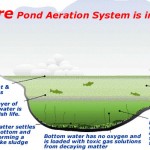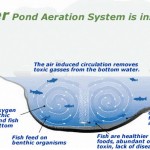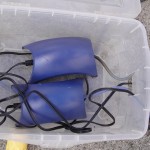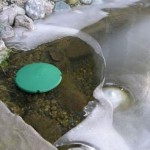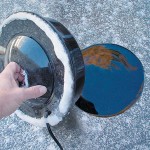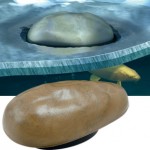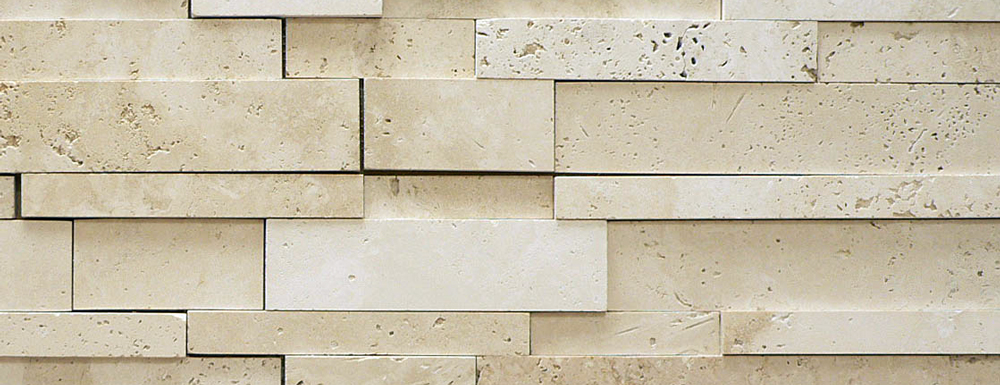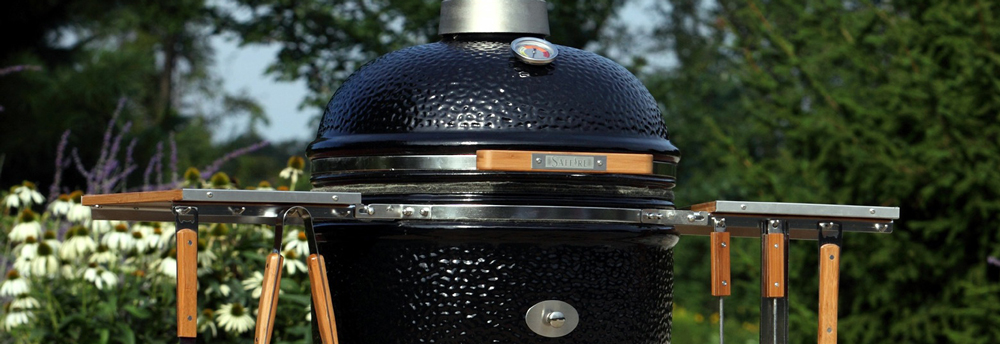Preparing a Koi Pond for the Winter

Begin preparing for winter a couple of months before the season hits. Start by removing any unwanted fish, as space is critical during this time of the year. Overcrowding stresses the fish and is conducive to the spread of disease. Speaking of disease, this is also the time to check the koi for any signs of sickness. If any sick koi are detected, treat them now so they are able to survive the winter without spreading the disease to any healthy koi. If any salt is in the water, gradually replace this water with fresh water over the course of the month. Salt lowers the freezing point of liquid water, and these temperatures will easily kill the koi. However, up to 0.15% salt in the water may be beneficial to koi during the winter. This equals to about 1lb per 100 gallons. Before ice forms on the pond, remove as much organic matter as possible (leaves, pine needles, etc). As this organic matter decomposes, it will release toxic gasses and use the free oxygen contained within the pond-water.
When temperatures drop to about 50F, cease feedings. Eventually, the ponds circulation needs to slow down, so this is also a good time to shut down any high-volume water pumps. Add aeration with a heavy duty air pump that is able to withstand cold-weather operation. Protect the pump from the snow and rain by placing it in a 5-gallon bucket with a lid on top. Cut a hole on the side large enough for the cord and air-line tubing. Place a couple of bricks below the bucket to keep it off the ground, and place another brick on top to prevent the wind from blowing the bucket over. Use silicone grade aquarium air line tubing, as it stays flexible even during cold conditions. Use a heavy air stone at the end of the air line and place this in bottom of the center of the pond. In ponds more than 20’ long, it would be best to create two aeration points. After you add air, watch the koi to see if they are swimming against a current. If they are, reduce the amount of airflow. The fish should be able to rest without much movement during winter.
At 10-15F, the surface of the pond above the air stones should have an exposed hole. If the temperature is lower than 10F, this hole may freeze. Every day or two, carefully reopen this hole to allow gasses to escape. Do not slam anything onto the ice layer as it may disturb the koi. If the snow piles on too heavily, carefully shovel some off of the top, and be sure there is always an exposed hole into the ice for toxic gasses to escape. If it is impossible to reliably keep this hole open, energy-efficient pond heaters are available.
